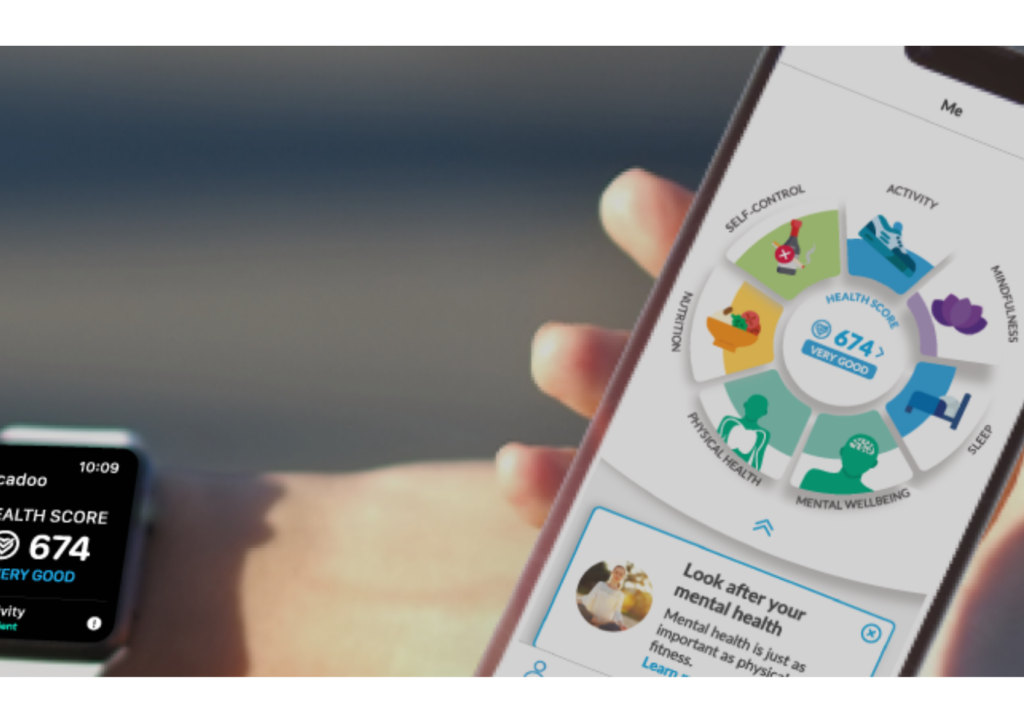Introduction:
Healthcare costs are a significant concern globally, with projections indicating a slight decrease in 2024 compared to the previous year. According to WTW’s 2024 Global Medical Trends Survey, a decrease from 9.7% to 9.4% is expected in North America. Similarly, in Europe, a decrease from 10.9% to 9.3% is projected. However, in Asia Pacific, costs are anticipated to remain unchanged at 9.9%, mirroring the figures from 2023. Despite these marginal decreases or stagnations, the long-term outlook still points towards rising healthcare expenditures.
With this backdrop, it’s crucial to recognize that healthcare costs have become an increasingly pressing concern for individuals, families, and policymakers worldwide. According to projections, 58% of insurers anticipate higher or significantly higher medical trends over the next three years, suggesting a persistent challenge in managing healthcare affordability.
Moreover, amid this scenario, Americans and people around the globe find themselves grappling with the escalating costs of essential medical services and treatments. A survey by KFF reveals that a staggering 73% of Americans express worry about healthcare costs, underscoring the urgency of addressing this issue.
このブログでは、医療費高騰の複雑な力学、医療費負担の難しさ、そしてデジタル・ヘルス・テクノロジーの統合を通じてこれらの問題を軽減するために医療保険会社が果たせる極めて重要な役割について掘り下げることを目的としている。
Understanding the Healthcare Cost Crisis
Despite spending more per capita on healthcare than any other nation, the United States often lags behind other developed countries in terms of outcomes. Several factors contribute to this healthcare cost crisis:
- Administrative Expenses: The intricate nature of the healthcare system results in elevated administrative costs for both providers and insurers.
- Pharmaceutical Prices: Escalating costs of prescription drugs, influenced by monopolies and a lack of price regulation, significantly contribute to healthcare expenditure.
- Chronic Disease Management: The prevalence of chronic conditions necessitates ongoing medical attention, leading to increased healthcare spending.
- Aging Population: As the population ages, there is a heightened demand for healthcare services, further burdening the system.
- Defensive Medicine: Concerns regarding malpractice lawsuits often result in unnecessary diagnostic tests and procedures, driving up costs.
Affordability Challenge
With healthcare costs continuing to soar, affordability emerges as a critical concern for individuals and families nationwide. High deductibles, copayments, and premiums strain household budgets, compelling many to either forgo necessary medical care or accumulate debt to cover expenses. Additionally, disparities in healthcare access exacerbate the affordability crisis, particularly impacting marginalized communities and those with lower incomes.

医療費負担の軽減における医療保険会社の役割
医療保険会社は、デジタル・ヘルス・テクノロジーを活用した革新的なソリューションを通じて、医療費の負担軽減という課題に取り組むユニークな立場にある。
予防、早期介入、健康アウトカムの改善を優先することで、医療保険会社は医療費を削減できるだけでなく、保険契約者の全体的な幸福を高めることができる。ここでは、医療保険会社がデジタル・ヘルス・テクノロジーを活用してこれらの目標を達成するための戦略をいくつか紹介する:
- Personalized Wellness Programs: Leveraging data analytics and artificial intelligence, health insurers can craft personalized wellness programs tailored to the unique health needs and preferences of policyholders. These programs may encompass customized diet plans, exercise regimens, and behavioral interventions aimed at promoting healthy lifestyle choices and preventing chronic diseases.
- Health Monitoring Devices: Collaborating with wearable technology companies, health insurers can furnish policyholders with devices such as fitness trackers and smartwatches to monitor vital signs, activity levels, and overall health metrics in real-time. By promoting healthy behaviors and enabling early detection of health issues, insurers can empower individuals to proactively manage their well-being and avert costly medical interventions.
- Telehealth Services: Facilitating access to telehealth services enables policyholders to consult healthcare professionals remotely, thereby reducing the need for in-person visits and associated costs. Telemedicine platforms offer timely medical advice, diagnosis, and treatment, particularly benefiting individuals in rural or underserved areas with limited access to healthcare facilities.
- Incentivized Health Behaviors: Implementing incentive-based programs that reward policyholders for achieving health-related goals can incentivize individuals to adopt and sustain positive behaviors. Rewards may include premium discounts, cash incentives, or contributions to health savings accounts, fostering active engagement in health promotion activities.
- Health Risk Assessment Tools: Integrating health risk assessment tools into underwriting processes empowers insurers to accurately assess an individual’s health status and evaluate their risk profile. By harnessing predictive modeling and data analytics, insurers can identify high-risk individuals early on and deliver targeted interventions to mitigate health risks and prevent adverse outcomes.
結論
米国では医療費が高騰しており、何百万人ものアメリカ人にとって、医療費の負担や医療へのアクセスに大きな問題が生じている。しかし、医療保険会社は、デジタル・ヘルス・テクノロジーを活用して予防医療を促進し、健康アウトカムを向上させ、医療費を抑制することで、こうした課題に対処する態勢を整えている。健康モニタリング機器、遠隔医療サービス、個別化されたウェルネス・プログラム、インセンティブを与える健康行動、健康リスク評価ツールなどの革新的な取り組みを通じて、保険会社は個人が自分の健康と幸福を管理できるようになると同時に、医療保険商品の価値提案を充実させることができる。デジタル・トランスフォーメーションを受け入れ、健康に焦点を当てたソリューションを優先することで、医療保険会社は米国のヘルスケアの未来を再構築し、より健康で豊かな社会を育む上で中心的な役割を担うことができる。
Ready to leverage the power of digital health to improve health care affordability and outcomes? Learn more about our solutions. Contact us for a consultation.






















